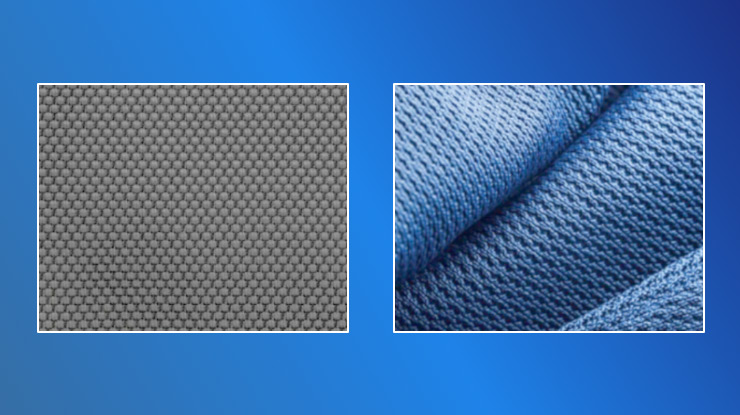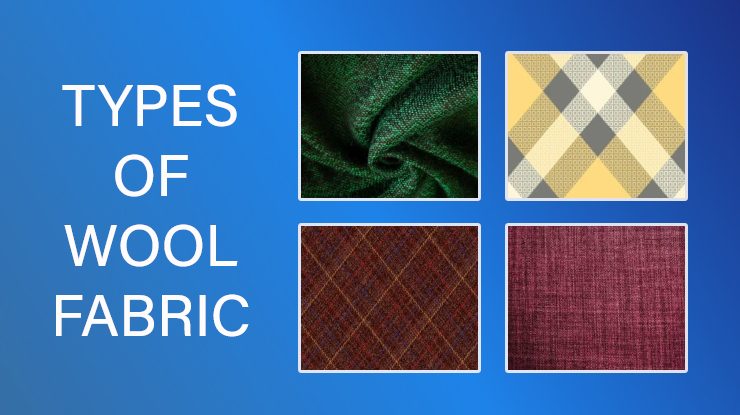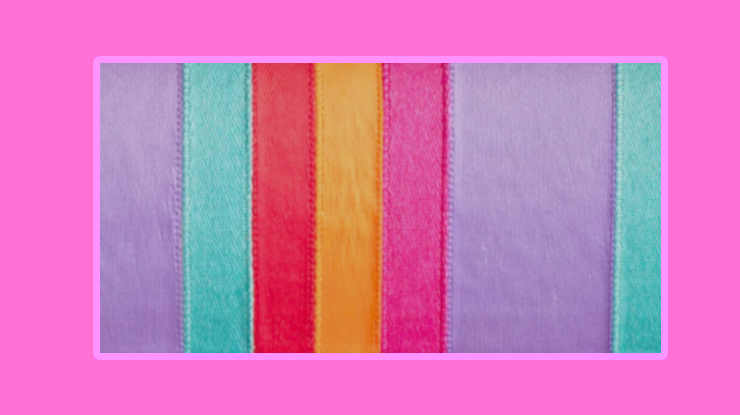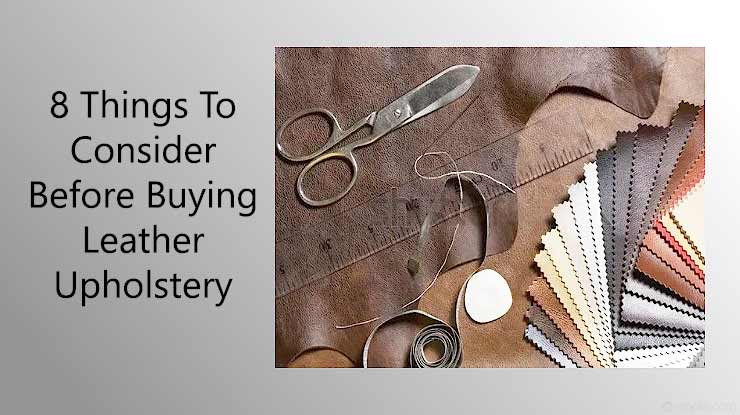The world of synthetic fiber is entirely different from natural fibers. Here you cannot expect what you have always wondered about the textile you wear and use.
Nylon just like polyester is completely man-made, and in industries, there are various weird methods to create nylon fabric.
This article would be a very strange one, as we will discuss the commercial types of nylon fabric, and would also ponder over the nylon fabric types available for consumers.
Yes, you read it right, even though there are seven types of nylon fabric, not all of them are available for consumers.
Being a regular buyer of upholstery fabric, for me, it would be pretty easy to choose from a narrowed-down option list.
So let us embark on our journey to explore nylon, and understand it properly. For those, wondering why they need to know all this. For buyers and users, it is very important to know the manufacturing and the types of fabric; otherwise, it will become really hard to choose.
I have come across many buyers who feel regretful for not doing research prior to buying.
Therefore, you must read our detailed guide on how to choose the right nylon fabric.
The thing is, when it comes to home decor, furniture upholstery will take the most of the money. You might not spend as much on the lights as much as the sofa covers will cost you. Thus, it automatically makes this section a worthy area of interest for house owners.
And as far as nylon fabric is concerned, it is new in the market, and hardly 20 percent of buyers know what they are getting into.
That is why we are here to guide them.
What is Nylon?
The first question is what Nylon is. Is it merely plastic, like polyester, or is there more to it?
Starting off with the composition, it is not directly made from crude oil like polyester.
However, it does not mean that it is not combustible.
Nylon fabric is made by reacting two types of acids, you might be surprised but the world of science is full of surprises. After reacting to those acids, a synthetic polymer is created. Then they pass this material from various processes to create thread and yarn
Currently, nylon fabric is used for clothing, and to make several accessories that need fabric, which includes upholstery fabric as well.
Why Should We buy Nylon for Sofa Upholstery?
This is a question many buyers would have in their heads. Well, believe it or not, in the world of upholstery, designs, and patterns are not the only thing. Certainly, many buyers, who need furniture for offices and public places don’t think of styles much. The main thing that matters the most for them is durability.
Nylon fabrics for upholstery are highly durable, they don’t get wrinkles. You do not need to set the sofa cover every other day. Having nylon covers for the sofas will make your life essentially easier if you have OCD.
Second, there are not many types of nylon fabric available for the consumer, thus, if you have made up your mind to get nylon fabric for upholstery, there is not as much confusion in choosing a fabric.
For me, nylon would be the go-to fabric for public space upholstery, where people cannot afford to spend a huge sum only on the upholstery.
Types of Nylon Fabric for Upholstery
If you would ask an industrialist, they might tell you that there are eight and more types of nylon. It is true, but those types are not very useful, as they are under research, and a lot of pending work has to be done.
Nylon is also known as PA material, which is the abbreviation of polyamide, so you will see a lot of PA(number) like names in this article. Don’t get confused.
Nylon 6
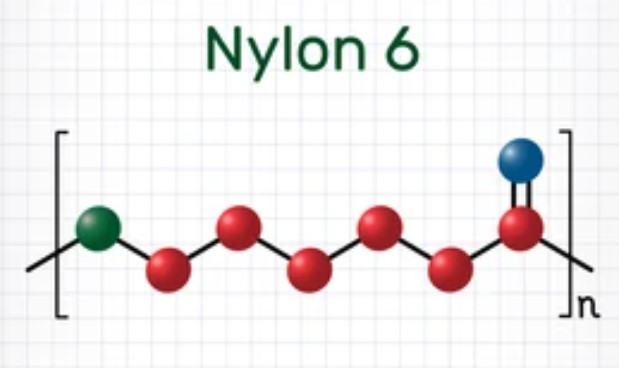
It has to be one of the main types of Nylon that are used in carpets and upholstery. The reason for that is the durable nature of this fabric.
It is produced using filament yarn and staple fiber yarn, anyone who understands the concept of yarn would know that these are the top most thick, and reliable yarn types.
The filament yarn used here comes with low to medium thread count, thus, using the nylon 6 upholstery fabric would ensure that the nylon sofa covers are easier to clean.
Then there is fiber yarn, and it is for the clan who would not like wrinkled sofa covers. The fiber yarn is a wrinkle free option. So together, the blend of these two types of yarns would make a fabulous nylon fabric ready to fulfill all the needs for upholstery.
The outer surface of the fabric is a bit rough to feel, but the best part is its elasticity. You can shape it in any design that you want.
Another benefit of getting the nylon 6 fabric for upholstery is the price. If you have a wide range of sofas, for example at a school or an office, choosing nylon 6 can save you a lot of money. Instead of getting leather or linen sofa covers, the nylon 6 fabric is cheaper than that.
The Pros:
- Very elastic.
- Easy to clean.
- Easy to sew.
- Affordable option.
- Good upholstery fabric for public places.
- Durable fiber.
The Cons:
- It is not temperature resistant.
- It loses color under sunlight.
Nylon 6,6
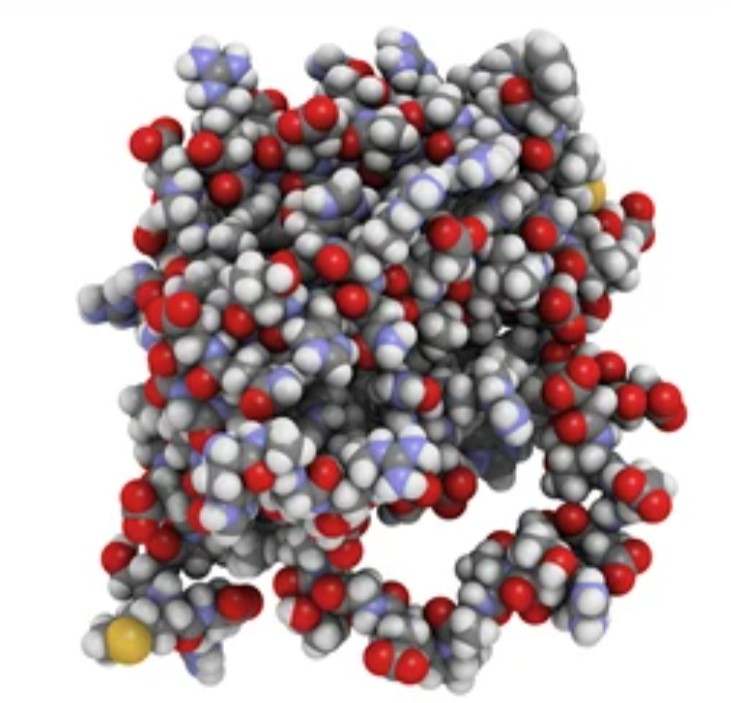
Nylon 6,6 is one of the most widely used nylon types. It was the first created nylon fabric. If you live in a damp place, or you fear that you cannot clean your room every other day, then choosing nylon 6,6 can be great for you.
It is mildew resistant, so there would be no fear of any type of fungi in your room. I would suggest this fabric for old people, who are unable to clean their upholstery very often, and the same goes for the hostels.
Then it is moisture wicking, you don’t need to worry about the dampening environment making your sofas wet. Thus, the nylon 6,6 fabric is a good option for colder regions, where when the thermostat falls the sofas would still be warm for you. That again is a clear sign to choose this fabric for your parents.
The next thing which is really impressive is abrasion resistance. We all would do anything to buy a sofa cover that is safe for our children and pets. Also, if you plan to buy sofa covers for the office or any public space it would be a good fiber for that.
As far as the budget is concerned, buying it in bulk can save you a good amount. It is also cheaper, but not more than the nylon 6.
Lastly, even though its melting point is very high, when it is turned into yarn, the filaments would not bear a lot of heat and start to melt. Therefore, it would be better to avoid using any type of heat on it.
Overall, it is a great choice for places that are subjected to a lot of use, and there are several people who use a single sofa set. Also, when you don’t want to spend extra money, durability is the main thing required for sofa covers.
The Pros:
- Ideal option for public places.
- Moisture resistant.
- Good for colder regions.
- Durable and long lasting.
- A good option for older people.
- Mildew resistant.
The Cons:
- It is hard to clean with bleach and detergents.
- Heat can damage it.
Nylon 46
Nylon 46 is not actually a fiber, it is however used in making more thicker items such as ropes, and nets. It is commercially sold with the name stanyl. Don’t be fooled if a vendor tells you that he is selling you nylon 46, as it is not for making sofa covers. It is merely being used in electronics and other items where they need very thick and durable material.
Nylon 510
The nylon 510 is similar to nylon 6,6. In fact, it was created as an alternative to nylon 6,6. The only difference between these two types of nylons is the main acid used to formulate them.
If you are searching for durable fabric, but your budget is a bit high, then the nylon 510 can be an ideal option for you. As compared to other nylon types, this is more expensive. The reason for that is the manufacturing process.
If you would go out in search of the nylon 510 specifically, you will realize that it is hardly available in the market. Even though it was created as a substitute for nylon 6,6, due to the price many companies are not manufacturing it.
So we cannot give you hope about getting the nylon 510 for sofa covers, regardless of how good it is for the upholstery.
Nylon 1,6
It is again a variation of the same nylon, and to produce it they use; adiponitrile, and formaldehyde. It is not a stable version of nylon, and therefore, the industrialists were unable to use it for sofa covers and upholstery.
Nylon 11
Nylon 11 is known for its elasticity. But again, it is not being used for direct fabric manufacturing. It is only in use for clothes like lingerie, and pants. The reason for it is the instability and low melting point of the nylon.
Nylon 12
The nylon 12 is not one for textile, however, they use bags of nylon 12 for the food industry to pack the food. It is mainly to avoid using plastic.
Nylon Available for Sofa upholstery for Consumers
Now you can see that there are only two types of nylons available for the consumer. The nylon 6, and nylon 6,6.
But, the nylon 6 is further available in many types, such as nylon 6/9 and nylon 6/10. They are also used to produce fabric, and more or less have the same properties as their parent nylon type.
So, beware, if someone sells you anything other than these two types of nylon fabrics for upholstery.
FAQs about Nylon Fabric
Obviously, nylon is a great option for upholstery. It is damage resistant, moisture-wicking, and durable fabric.
The white nylon fabric is safe, but allergies are of different types, so sensitive skins can get allergies from dyed nylon, and that would be mainly because of the quality of the dye.
Yes, for colleges, universities, hospitals, and offices, you can go with nylon sofa covers. They are durable and affordable.
Not really, it is not as expensive as the natural fabrics for upholstery. Also as compared to most types of polyester, nylon is cheaper. If you are choosing upholstery fabric for several sofas, then nylon could be an option.
Final Words
Nylon upholstery is not very common, but for a bulk order nylon fabric is an ideal solution. It is affordable, and durable; in short, has all the properties that would be required in a perfect upholstery.
But, choosing the best nylon fabric for upholstery would need you to read reviews, compare its types, and then purchase the best option.
